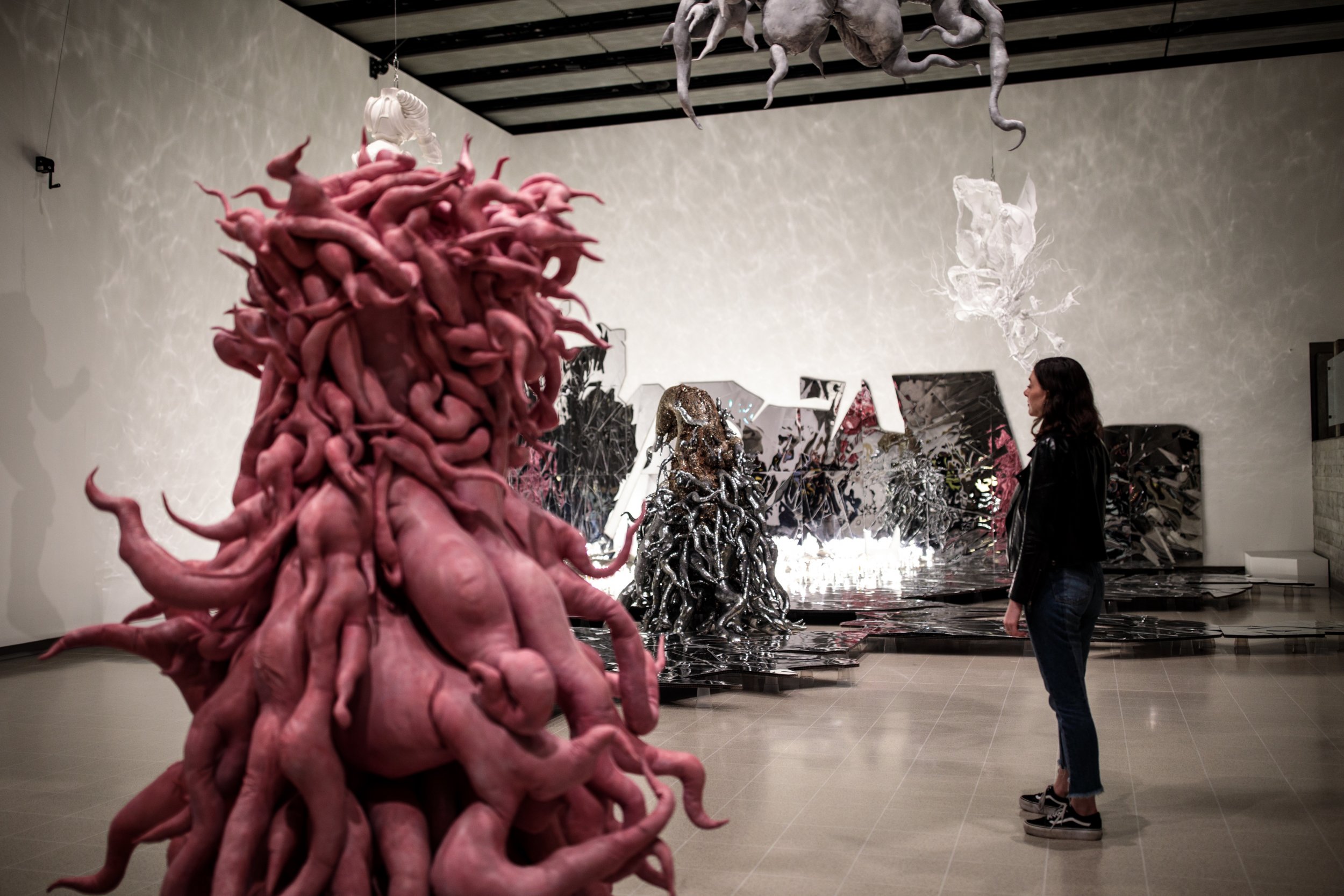
If you want to be successful as an artist, you may have to rely heavily on early access to prestige galleries and museums, scientists have found.
While the quality of an artwork is almost impossible to quantify objectively, an international team of researchers, led by Samuel Fraiberger from Northeastern University, examined various factors—such as display venues—which play important roles in driving the recognition and reputation of an artist.
In a paper published by the journal Science, the team shows how they used data from the app Magnus (often described as like Shazam for art) to reconstruct the exhibition history of nearly half a million artists, enabling the researchers to map out the massive network of entangled and often secretive art transactions between institutions.
Their analysis found that the core of this network was made up of a dense community of high-prestige European and North American institutions, whose reputation was built on longevity, the artists they exhibit, the size and quality of their exhibition space and their participation in art fairs.
The further an institution was from this core, the less prestige it held. Furthermore, each cluster of institutions within the network almost exclusively exchanged artworks within its own tight-knit community. So, for example, high-prestige institutions tended to only circulate their works with other high-prestige places.
In addition, the team found that artists whose first five works were exhibited in the top 20 percent of institutions in the network (referred to as "high-initial reputation artists") had life-long access to prestige venues and reduced dropout rates from the field.
By contrast, artists who started out at the edges of this network tended to have high dropout rates, with only a handful managing to break through into high-prestige territory.
The high-initial reputation artists were found to have had twice as many exhibitions as low-initial reputation artists, and their work was traded nearly five times more often at auctions, frequently at prices that were more than five times higher.
According to the authors, the study highlights the need to enhance inclusion of neglected works and artists, especially those who don't have easy access to high-tier institutions.
They recommend that certain policies be brought into place that could "level the playing field," such as lottery systems or blind selection procedures that offer underrepresented artists access to high prestige venues.
Uncommon Knowledge
Newsweek is committed to challenging conventional wisdom and finding connections in the search for common ground.
Newsweek is committed to challenging conventional wisdom and finding connections in the search for common ground.
About the writer
Aristos is a Newsweek science reporter with the London, U.K., bureau. He reports on science and health topics, including; animal, ... Read more
To read how Newsweek uses AI as a newsroom tool, Click here.








